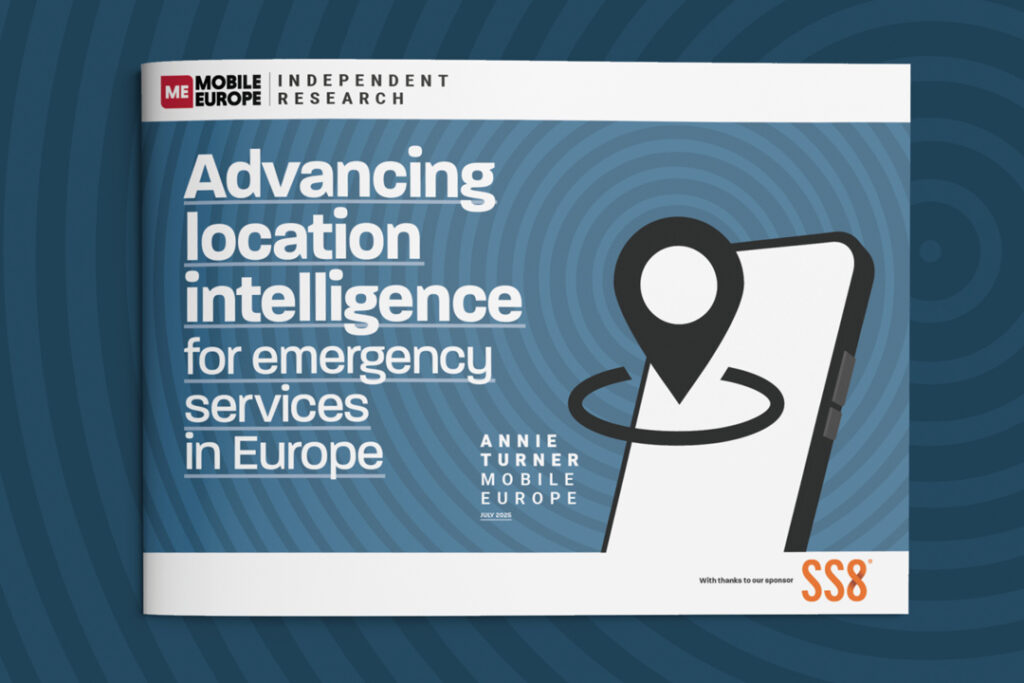Keynote Systems, a specialist in on-demand mobile and Internet test & measurement solutions for continuously improving the online experience, has announced the addition of leading smart phones to the company's on-demand global network for testing and monitoring the performance of mobile applications, content and services.
The Apple iPhone, BlackBerry, LG Dare, Samsung Instinct and Nokia N95 have been installed within Keynote's on-demand test and measurement network in London, New York and San Francisco. Additional smart phones will be added to Keynote's global network over time. Currently Keynote has the capability to test and measure the performance of mobile apps, content and services on actual wireless devices across leading carrier networks from 18 cities worldwide.
Keynote is the only company to provide for the on-demand testing and monitoring of mobile content and Web sites using both actual mobile devices and emulated device profiles. Keynote Mobile Device Perspective (MDP) enables companies to test and monitor the true end-to-end subscriber experience of mobile quality service from actual mobile devices. It allows mobile developers to validate service availability, delivery times, throughput, as well as accuracy of content and services. Keynote Mobile Application Perspective (MAP) allows companies to monitor mobile content, applications and services using a library of over 1,600 device profiles.
"Smart phone adoption has grown massively over the last year, especially throughout Europe – by adding the iPhone and others to our infrastructure of real devices, we're able to keep on top of the needs of our customers. As these devices become the norm and more applications are developed for them, ongoing test and measurement will be essential – it's too complicated and too much of a risk to miss out this crucial step," said Manny Gonzalez, senior director of mobile technology at Keynote Systems.
Keynote and its subsidiary Keynote SIGOS provide customers with the ability to test mobile performance on over 200 mobile networks across more than 70 countries. Keynote's global network is comprised of real and simulated devices, user-provided SIMs and wireless modems, providing an unparalleled and customisable view into the performance of mobile content, applications and services.
Companies that have mobile applications, content, and services across the globe can use Keynote to monitor these services to provide a better customer experience to more people. Keynote's on-demand global test and measurement network can be used to monitor the response time, availability, and delivery of content from the subscriber's perspective. Companies also can use their results to benchmark against competitors to understand how to build a more compelling and responsive experience and pinpoint areas to improve and reduce subscriber churn. Keynote believes that optimisation of the user experience is the key to success for any company looking to establish themselves on the Mobile Web.



